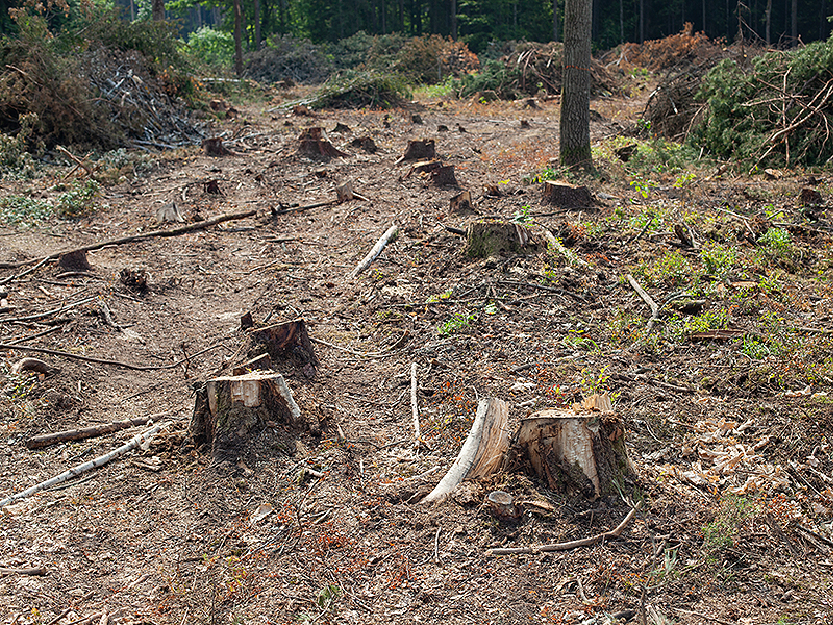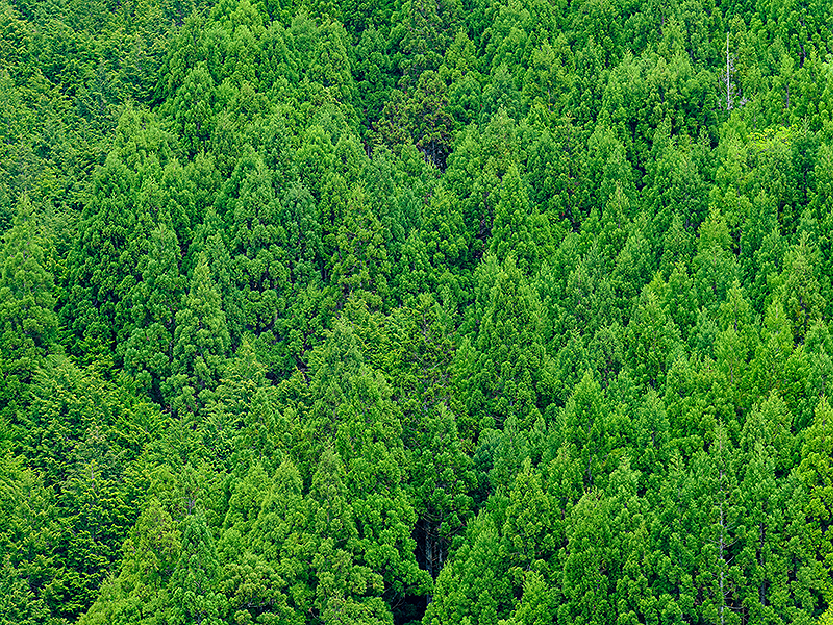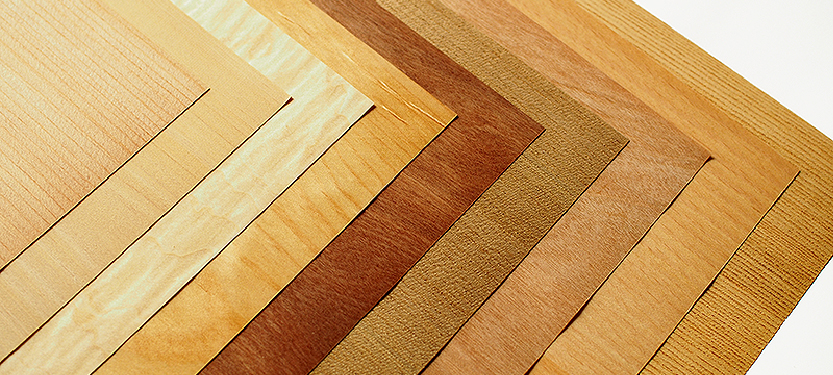
Brand Story of KINOWA and KIHARIE.

■Preserving Japan’s forests
The two founding members used to work for a Buddhist altar manufacturer.
It is well known that karaki butsudan (Chinese-style wooden altars) use extremely expensive and precious materials such as ebony and black ebony, which grow wild in the tropical forests of Southeast Asia and South America and are cut down for distribution. The rate of growth is very slow, and because they are not planted, they are naturally diminishing. KINOWA staff (male) had been stationed in South East Asia in his previous job and had always felt a sense of crisis after seeing the real decline of tropical forests.
One day I heard about the Fair Trade initiative and went to a briefing to get an overview. I learnt that forests, especially in developing countries, are being cleared for large-scale plantations and the timber trade, and that the rate of deforestation is increasing. One of the biggest problems is illegal logging. Taking advantage of the abundance of forest resources, illegal logging is repeated to such an extent that there is no turning back for profit. Local people may feel they have no choice but to do this for their livelihoods. In fact, most of the timber is exported, including to Japan.
Meanwhile, looking at Japan domestically, although plantations of fast-growing conifers such as cedar and cypress were established after the Second World War, liberalisation led to the use of only cheap imported timber, drastically reducing the demand for local timber to a level where forest workers could no longer make a living. Planted trees that have reached the felling stage are left untouched, leading to increased secondary damage such as landslides and pollen allergies.
Japan, which is indirectly involved in illegal logging overseas in the first place, needs to make better use of its own resources and keep them in circulation. Plant it, grow it, cut it down at the right time and plant it again. I would like to see such activities become the norm throughout Japan. To achieve this, we want to start by actively using domestic wood. That is why we set up KINOWA.

■Inspiration for new woodworking ideas
But I didn’t know where to start…
Having worked in the design department of a Buddhist altar manufacturer, I knew I wanted to make things, so I first went around researching what other woodworking manufacturers were making as a reference. However, among the many wonderful products out there, including those with excellent design and those made using advanced techniques, I felt that it was necessary to create something unique, rather than just making the same kind of product.
While searching for an innovative idea, I suddenly remembered a souvenir I had found at an airport in Laos, where I had been on a business trip. It was a carved castle made of thin layers of wood. I picked it up and bought it, but it never saw the light of day in the work of a Buddhist altar maker. However, when I was thinking of new woodworking ideas for the KINOWA concept, I began to think that this souvenir might be the key. Believing in the novelty I felt at first, I decided to take a step forward to create a new product by using this idea.

■For artwork that anyone can make
One of the most common materials used not only for Buddhist altars but also for furniture and room interiors is wood veneer. This is made by thinly slicing wood to a thickness of 0.2mm to 1mm and applying it to the table tops, room walls and ceilings. This material is widely used because it gives the same feel as solid furniture, but is cheaper than solid wood and also allows the rare wood to be used over a wider area. A prototype was started using this veneer.
The theme was ‘getting lots of people interested in wood’. By making them by hand, like a construction kit, they can all develop an interest in wood and have the pleasure of completing them. We also added to the theme “that people of all ages can feel the joy of making them”. Veneer is a thin sheet of paper, so it can be easily cut with scissors or a utility knife without the need for special tools. Like paper crafts, veneers can be glued together to create a handmade work of art. This is the birth of the concept of ‘KIHARIE’. The range now includes more than 80 items and is supported by a steady stream of repeat customer.


